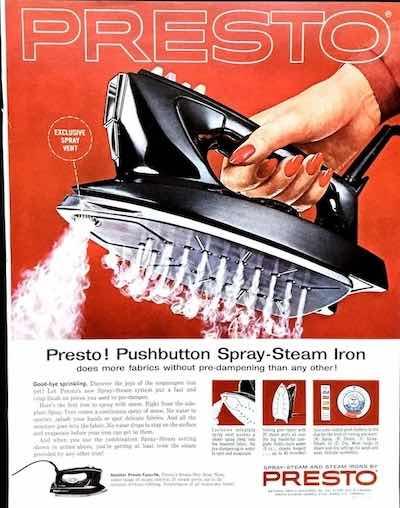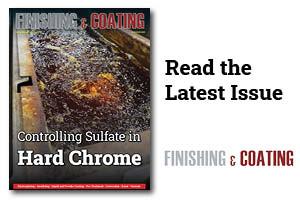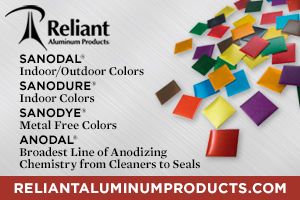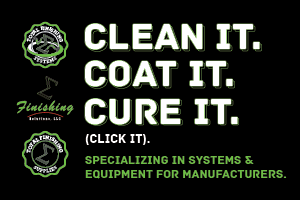When we enquire about the essence of things and the meaning of words, we delve into the world of semantics.
 Miguel RodasSemantics may help (or not) decipher the meanings of objects and things and visualize ideas or political alignments. So, depending on which features, characteristics, or particulars about a thing, person, or idea, we place connotations to words to advance whatever concepts. We may add or remove value to things, persons, or chemical elements as we get into our subject matter. In the case of metals, the connotations used are either to promote value, progress, biodegradation, or pollution.
Miguel RodasSemantics may help (or not) decipher the meanings of objects and things and visualize ideas or political alignments. So, depending on which features, characteristics, or particulars about a thing, person, or idea, we place connotations to words to advance whatever concepts. We may add or remove value to things, persons, or chemical elements as we get into our subject matter. In the case of metals, the connotations used are either to promote value, progress, biodegradation, or pollution.
To illustrate my point, I use the case of chromium VI (Cr+6).
Thinking in Opposites
We, humans, tend to think in opposites: We analyze things, ideas, or concepts in black and white, good and bad, ugly and beautiful, etc. There have been times (in history) when things, ideas, or concepts were promoted as either good or bad, helpful or useless. For example, there was a time when the use of metals, such as nickel or Chromium VI (Cr+6), was widely adopted by industry, driving industrialization, building machinery to increase production, and promoting progress. Metals, indeed, came to modernize our homes and even to gain wars. The City of St. Louis, Missouri, celebrates history by highlighting the features of an arch—The Gateway Arch.
 Gateway Arch in St. Louis.In an article written in Time magazine by Ainissa Ramirez, she states, “There are two features that any great monument must possess: Simplicity and Permanence. Its simplicity is obvious; its permanence is not. “Rust never sleeps,” writes Ramirez, highlighting the economical aspect of metal finishing. One of the values that we certainly may add to metal finishing is —Permanence—which was imparted to the arch to guarantee that it remains standing against time against corrosion. A chromium oxide layer is created (by metal finishers) on the surface of the steel to hinder oxidation, a rusty process attacking and destroying metallic structures.
Gateway Arch in St. Louis.In an article written in Time magazine by Ainissa Ramirez, she states, “There are two features that any great monument must possess: Simplicity and Permanence. Its simplicity is obvious; its permanence is not. “Rust never sleeps,” writes Ramirez, highlighting the economical aspect of metal finishing. One of the values that we certainly may add to metal finishing is —Permanence—which was imparted to the arch to guarantee that it remains standing against time against corrosion. A chromium oxide layer is created (by metal finishers) on the surface of the steel to hinder oxidation, a rusty process attacking and destroying metallic structures.
The protection may come in different forms, such as electroplating or a chemical conversion coating. We may indeed conclude that Metal Finishing then brings not only protection but other physical enhancement to parts and structures made of steel, aluminum, and other metal alloys. Protection, permanence, or aesthetic beauty are good choices words (or not) to highlight the value of metal finishing.
Promoting, Advocating Or Diminishing, Reducing
 An ironing tool used to symbolize modernization at home, progress at the consumer level, and protection during wartime (Times, February 7, 1944, No. 6).We may also, nonetheless, express interest in promoting or advocating, diminishing, reducing, or lessening social, cultural, political, economic, or environmental issues. This two-sided way of thinking is ingrained in our lives, so we create a hero or a villain in whatever narrative we tell ourselves. Chemical elements, such as chromium, have received different reactions at various times from the parties involved: grassroots organizations, government, and industry. They assign different connotations to advance whatever concepts they want to convey and advance. The two-valued orientation, that of a hero or a villain, is rooted in mankind’s story. Mankind, in the beginning, had an identity—of a hero— who became a villain (by disobedience). Similarly, considering its value, Chromium VI played a crucial role in the industry, particularly in the auto, military/defense, aerospace, and food industries, helping to build manufacturing facilities, bridges, and historic decorative structures, while also bringing modernization to our lives. Its current role is, however, that of a villain polluting the neighborhoods.
An ironing tool used to symbolize modernization at home, progress at the consumer level, and protection during wartime (Times, February 7, 1944, No. 6).We may also, nonetheless, express interest in promoting or advocating, diminishing, reducing, or lessening social, cultural, political, economic, or environmental issues. This two-sided way of thinking is ingrained in our lives, so we create a hero or a villain in whatever narrative we tell ourselves. Chemical elements, such as chromium, have received different reactions at various times from the parties involved: grassroots organizations, government, and industry. They assign different connotations to advance whatever concepts they want to convey and advance. The two-valued orientation, that of a hero or a villain, is rooted in mankind’s story. Mankind, in the beginning, had an identity—of a hero— who became a villain (by disobedience). Similarly, considering its value, Chromium VI played a crucial role in the industry, particularly in the auto, military/defense, aerospace, and food industries, helping to build manufacturing facilities, bridges, and historic decorative structures, while also bringing modernization to our lives. Its current role is, however, that of a villain polluting the neighborhoods.
On the one hand, the National Institute for Occupational Safety and Health (NIOSH), an office of the Centers for Disease Control and Prevention (CDC), highlights the occupational hazards and detrimental effects on human health in workplaces resulting from the use of metals and chromium. On the other hand, the Metal Finishing Association in Southern California (MFASC) has historically and actively communicated, promoted, and implemented health and safety practices among its workforce, reduced occupational exposure, and ensured environmental compliance regarding air emissions generated during electroplating and chromic acid anodizing operations. Whether finishing commercial, defense, aerospace, or electronics parts, metal finishing continues to serve society by protecting metals against oxidation, despite the government of California phasing out the use of Chromium VI.
There were heroes in my childhood: Superman, Batman, Robin Hood, and even The Lone Ranger. I admire them for serving justice. Even in us—in our imagination, resides a hero, so we must play the role of a hero, but how? Simply by being informed and rejecting connotations of various sorts. We can play the role of villains as well. How? At work or with family members (at the in-laws, for example), depending on whatever occasion.
As consumers, do we need to reassess the case of chromium? What role do metals play in our lives? Is society properly recognizing the value of metal finishing? Which connotations of the word chromium are you holding?
How Do We Know What We Know?
In fact, in literature or movies, there are always heroes in the land to be cheered and villains to be hissed. “This tendency to see things in terms of two values” is what Hayakawa calls the two-valued orientation (Hayakawa & S.I, 1941). So, how do we know what we know? Francis Bacon provides the answer for us: “The syllogism consists of propositions, propositions consist of words, words are symbols of notions.” So, whatever notions or concepts we want to promote or somebody else wants to impose, they use connotations for words. Hayakawa adds that in the process of abstracting ideas, notions, or concepts, “leaving characteristics out [good or bad] is an indispensable convenience” to advance whatever concepts.
As consumers, do we need to reassess the case of chromium? What role do metals play in our lives? Is society properly recognizing the value of metal finishing? Which connotations of the word chromium are you holding? This article is only a partial perspective about the case of chromium and the stirring that is causing it in California.
Miguel Rodas is Senior Environmental Compliance Inspector for the Los Angeles Sanitation, Industrial Waste Management Division, Metal Finishing Sector Champions Group.
References
Hayakawa, & S.I. (1941). Language in Action. New York: Harcourt, Brace and Company.



































